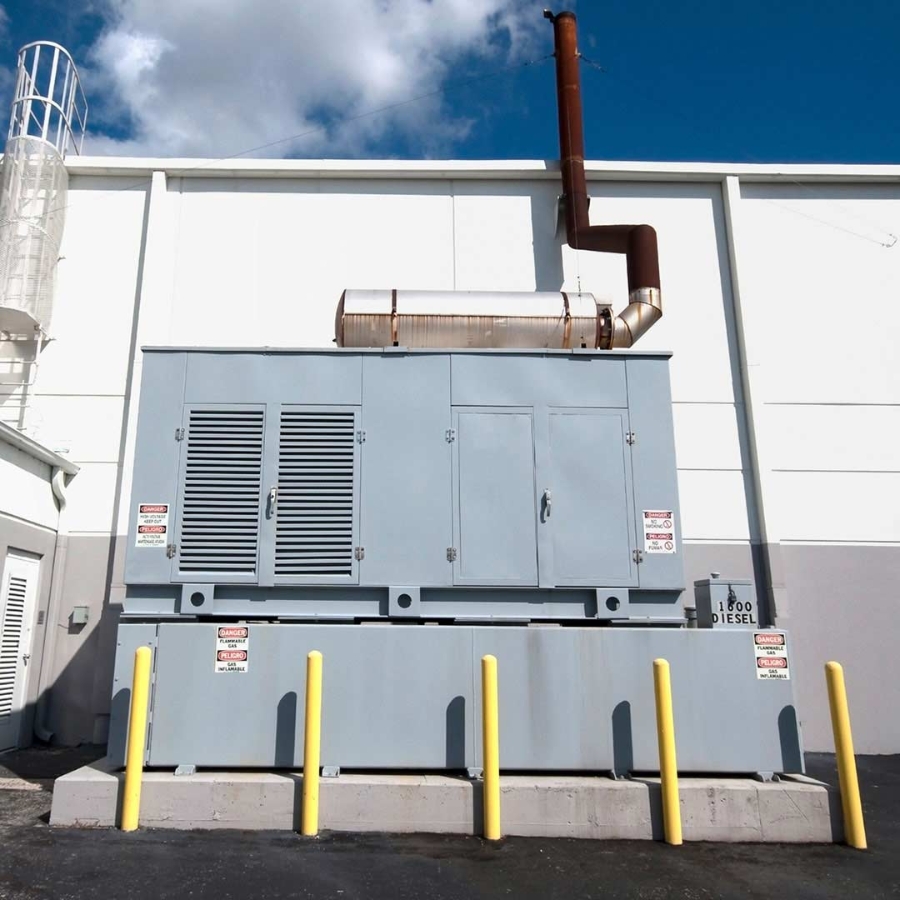Power and Campus Life
College campuses are hubs of purposeful thought, rigorous research and development, and intense social activity. Classroom learning is supported by an extensive building infrastructure complete with heating, air conditioning and communication systems as well as IT networks and campus data centers. To facilitate academic activities, many colleges provide residential accommodation for thousands of students as well as dining facilities and other important services.
When utility power disruptions occur, they can have significant consequences. Normal academic classes and activities likely cannot continue. If it were only a matter of cancelled lectures, the impacts might be manageable. But any building where people gather likely requires continual operation of the lighting and communication systems that provide for public safety. In addition, universities also participate in various types of scientific and technological research such as scientific experiments and demonstrations which could be disrupted, and materials and specimens under refrigeration may spoil during an outage.
The value of backup power can become plainly evident when potentially revenue-generating research is compromised by disrupted power.
Campuses often house many students. Unlike commercial workplaces or even elementary schools for children, a university may not be able to just send students “home”. Dormitories and apartments on campus require power for occupants to live safely and comfortably and work productively. In short, power outages impact students, faculty, and stakeholders in ways that threaten accomplishments, decrease community satisfaction, and impact revenue.
Outage Cause and Frequency
With time, campuses often serve increasing numbers of students with ever expanding programs even as power systems and equipment age. Causes such as increased loads or obsolete and improperly maintained equipment failure can contribute to power outages. Nevertheless, natural events are a primary cause of power outages, including those that affect campuses. "The trend is unlikely to abate any time soon,” The Economist reports that “children born in 2020 will face a two- to seven-fold increase in extreme climate-related events compared to those born in 1960, under current climate pledges.”1 Add the impacts from all those weather events, plus outages caused by non-weather factors, and it is easy to see that the cumulative effects of outages are significant to educational facilities and the communities they serve.
Aging equipment and the increased frequency of extreme weather events underscore the importance of having reliable critical power systems for educational institutions. Colleges and universities can respond to competing demands for power efficiency and resilience by increasing sustainability through the use of green energy as a main or supplementary power source to minimize carbon emissions. Integrating digital tools can also help schools maximize the promise of emerging power solutions.
As their scopes of service expands and their power equipment ages, schools can also maximize equipment service life by adequately maintaining critical equipment. Importantly, power equipment such as transfer switches, paralleling switchgear, and power system monitoring and control systems can often be expanded and upgraded to meet new demands and provide the latest digital tools. Modernization and expansion can often be accomplished at a fraction of the cost of replacing legacy equipment and systems.








